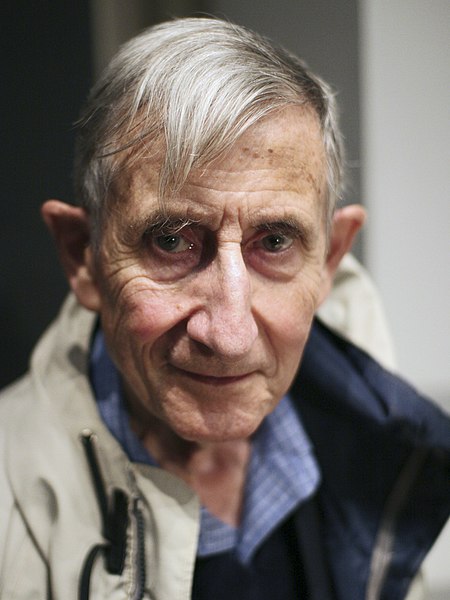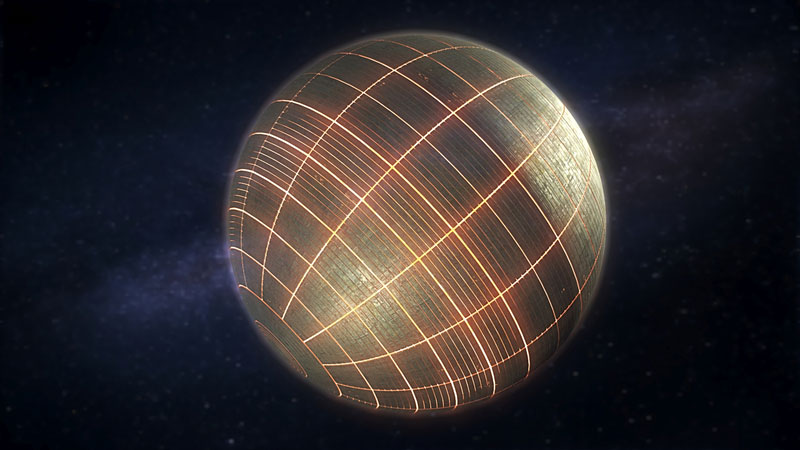
1st March 2020 Freeman Dyson, 1923–2020 Freeman Dyson, one of the 20th century's greatest theoretical physicists, died this week aged 96. He is known for popularising the Dyson sphere – a hypothetical megastructure that could surround an entire star.
Dyson was renowned for his studies in quantum electrodynamics, solid-state physics, astronomy and nuclear engineering. He received numerous awards throughout his lifetime in recognition of his groundbreaking work. He was professor emeritus in the Institute for Advanced Study in Princeton, a member of the Board of Visitors of Ralston College and a member of the Board of Sponsors of the Bulletin of the Atomic Scientists. Dyson originated several concepts that bear his name, such as Dyson's transform; the Dyson tree; the Dyson series, and Dyson's eternal intelligence. However, futurists and sci-fi enthusiasts will perhaps be most familiar with his theoretical space-based structure: the Dyson sphere. Science fiction novelist Olaf Stapledon had been the first to describe the idea in his 1937 book, Star Maker. Inspired by these earlier writings, Dyson published a 1960 paper for the journal Science titled "Search for Artificial Stellar Sources of Infrared Radiation". In it, he speculated that a technologically advanced extraterrestrial civilisation might surround its native star with artificial structures to maximise the capture of solar energy. Eventually the civilisation would fully enclose the star, intercepting all electromagnetic radiation with wavelengths from visible light downward and radiating waste heat outward as infrared radiation. Therefore, he argued, one method of searching for extraterrestrial civilisations would be to look for large objects radiating in the infrared range of the electromagnetic spectrum.
The concept was applicable to humanity (or rather, its far future descendants), not just extraterrestrial civilisations. Soviet astronomer Nikolai Kardashev formulated the Kardashev scale, a way of classifying alien civilisations based on their energy level. At a certain point during their development, the aliens might gain control of an entire planet (Type 1), then later an entire star (Type 2), he explained. Futurists have since combined the ideas of Dyson and Kardashev to postulate that humans might one day build a Dyson sphere. Today, humanity is only around 0.7 on the Kardashev scale and has therefore yet to reach even Type 1 civilisation status. Physicist and futurist Michio Kaku suggests that if our energy consumption continues to increase at roughly 3% each year, we may attain Type I status in about 200 years, capturing all of the available energy on Earth. Type II status might occur in the next millennium, by which time the entire output of the Sun could be harvested. One means of achieving this would be a Dyson sphere. While some have imagined the sphere to be a solid, enclosed framework, others have speculated that the structure would be made of orbiting satellites, sometimes referred to as a "Dyson swarm". Either way, the concept has become popular in science fiction, and has inspired the artistic and literary creation of various other megastructures in space. On 12th October 1992, Season 6 Episode 4 of Star Trek: The Next Generation was broadcast, in which the crew of the Starship Enterprise discovers a gigantic Dyson sphere in space.
Comments »
If you enjoyed this article, please consider sharing it:
|








